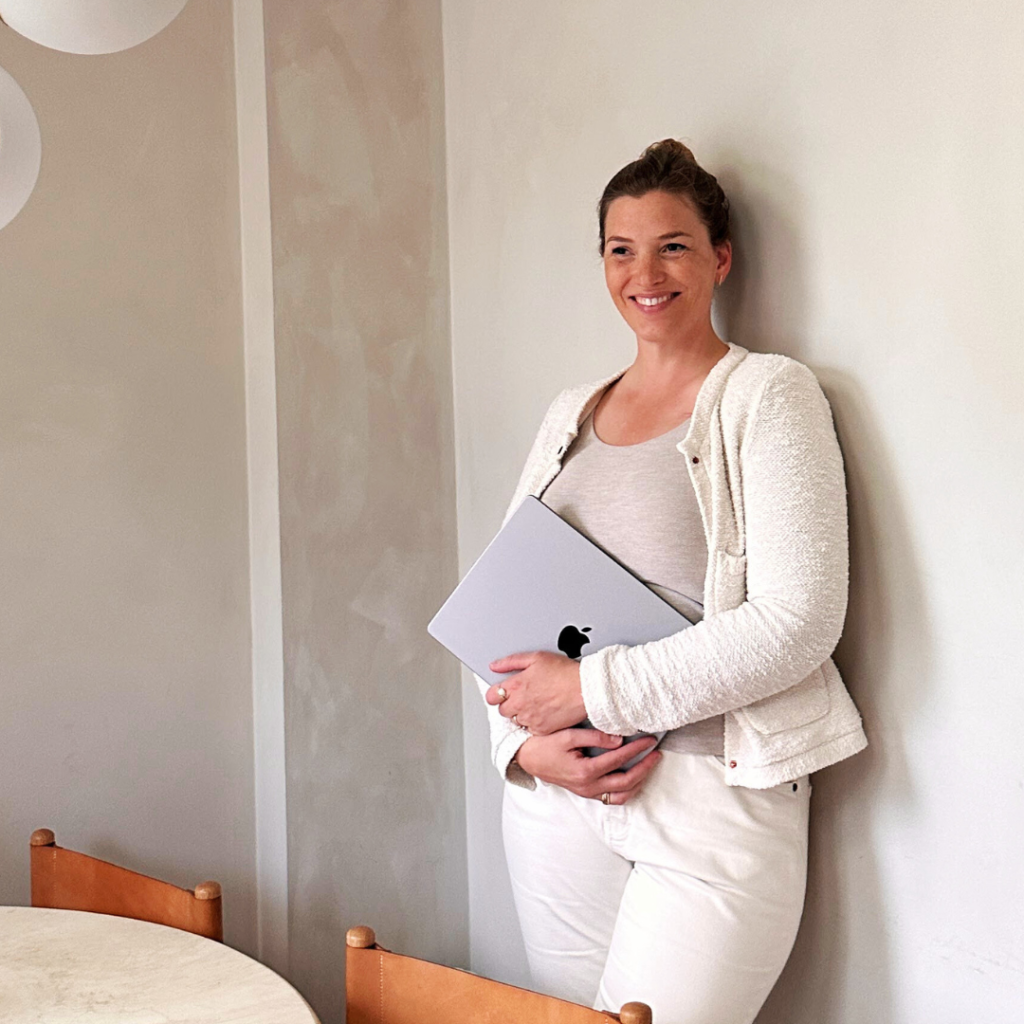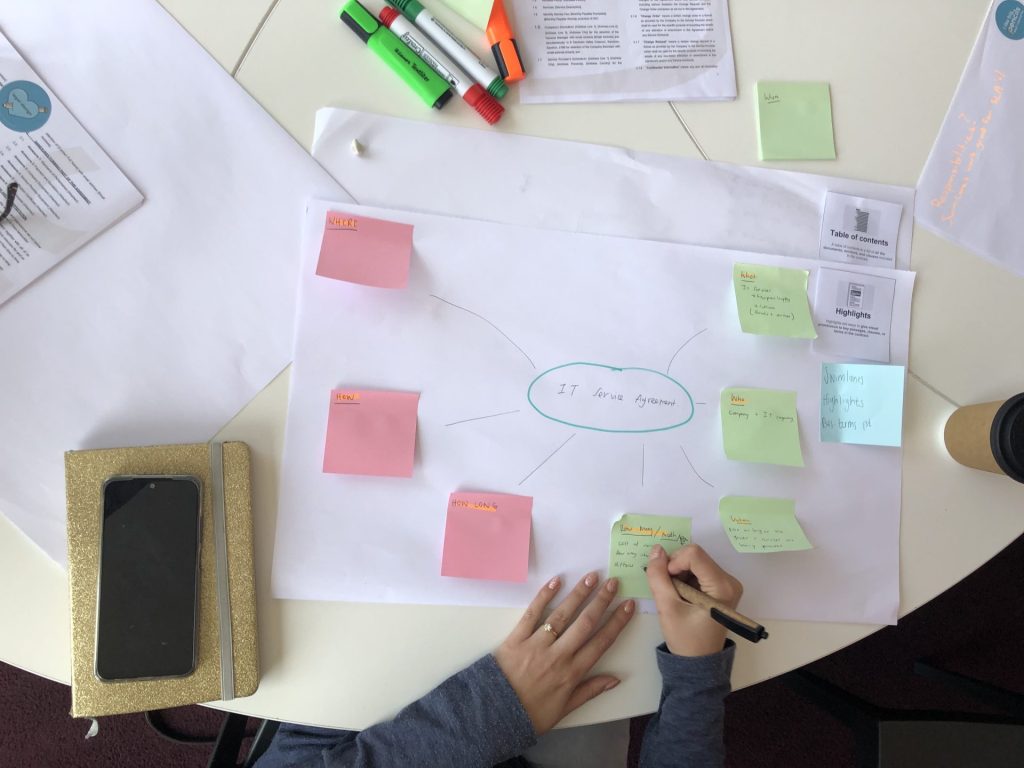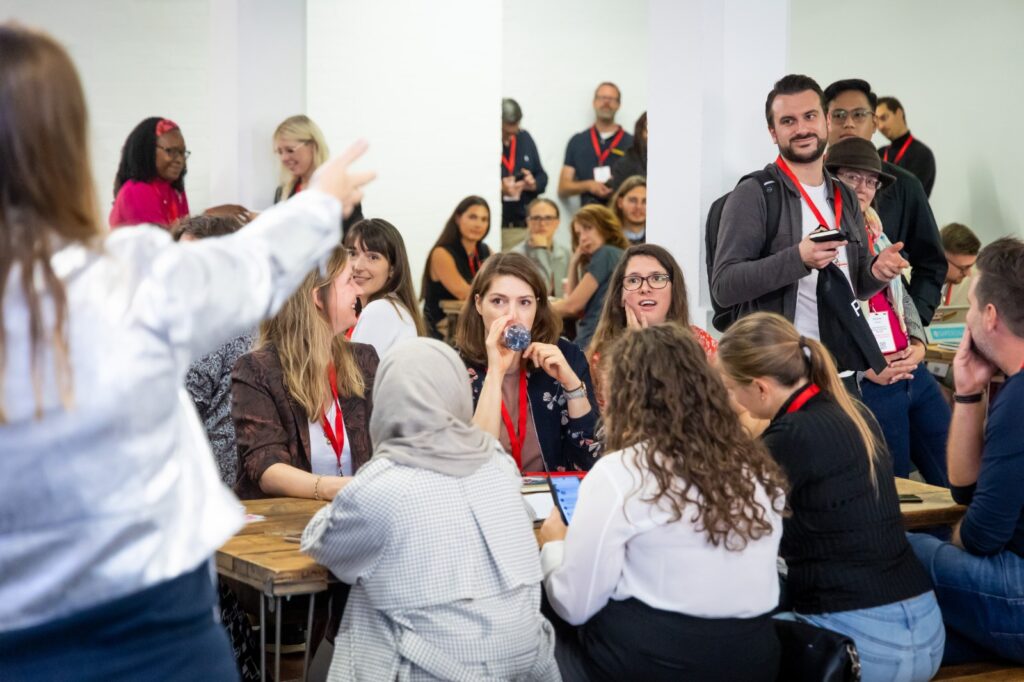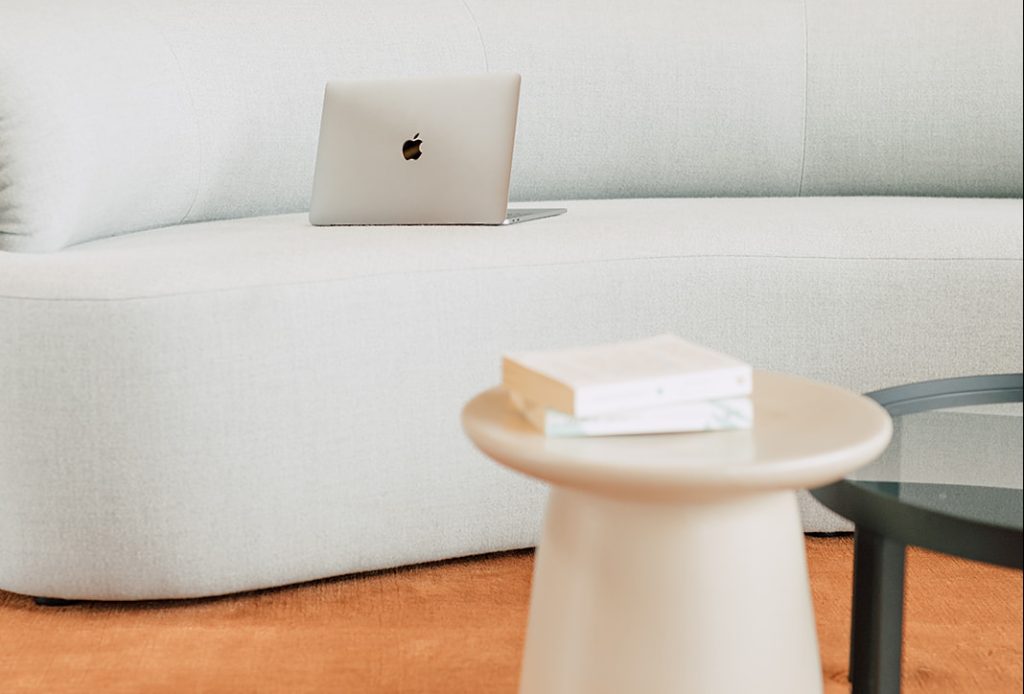
Aclara > How Legal Design Unlocks the True Potential of Legal Tech
The legal tech industry has thrived in recent years by providing various products and services that can streamline contract management, document review, and case preparation. With the advent of generative AI technology, there is tremendous excitement about its potential in the legal tech arena. Many are confident that this technology could revolutionise legal tech products, empowering them to deliver more value to clients while minimising the burden on lawyers.
Legal tech often aims to create efficient and productive workflows, which can be advantageous. However, this strategy can sometimes result in generic solutions that do not meet the specific requirements of lawyers. Although these tools can be helpful, they can be difficult to use, frustrating, and expensive. When coupled with the tendency of lawyers to be unwilling to try new things, this can hinder productivity and lead lawyers to revert to their previous system, even if it is less efficient.
To unlock the true potential of legal tech, it’s essential to consider the design of the technology itself. To create legal tech products that are simple, efficient, and widely adopted, it’s necessary to prioritise usability and community collaboration and consider the different ways people interact with the legal system. By keeping these factors at the forefront of the design process, we can unlock the full potential of legal tech.

In simple terms, usability is the convenience a product offers its users. But to truly design for usability, here are some questions to ask:
For example, Aclara Legal Design was commissioned by a prominent Dutch insurance company to create a set of infographics that conveyed compliance information on the incident and regulatory reporting. We had to consider some of the questions listed above to ensure usability. For instance, we had to create separate infographics for senior management and lower-level employees as they have different requirements and relationships with the presented information. The infographics designed for senior management included additional details that were not required for lower-level employees.

The second factor to consider when building legal tech products and services is to work with the community. This involves considering the user’s context and experiences and integrating their feedback into the product design process. Our legal design workshops are a great example of this. We often start our legal design projects with a workshop in which every project member participates. Hands-on participation creates buy-in and a better understanding of each design phase and its challenges and benefits.
The workshops are tailored to the specific needs of our clients but are aimed at helping lawyers think about plain language and working with content hierarchy and visual hierarchy. Our workshops encourage collaboration and innovation by bringing together individuals with different roles, responsibilities, and skills. This approach enables us to achieve the best results and create a positive impact for our clients and the community.

It is essential to broaden the range of legal tech products to include those focused on more than just improving efficiency and workflow. Although lawyers are a key group that can benefit from legal tech products, there are various ways in which people engage with the legal system, resulting in multiple touchpoints that could benefit from the implementation of well-designed technology.
For example, Aclara Legal Design has recently worked on a project with Dutch law firm ICT Recht and the legal tech cloud platform Juriblox on automated visual contracts written in plain language. The types of contracts include a labour agreement, an NDA and a transfer of IP rights. Alcara Legal Design worked with ICT Recht and Juriblox to develop these contracts so they are only one page long, easily understood, and used on the Juriblox platform.
Another example is amica, an online dispute resolution tool developed in Australia that helps former partners work towards an amicable resolution of family law issues. Designed with the input of family lawyers for desktop and mobile use, the tool provides step-by-step help to guide people through their separation process in a free and accessible way anywhere.

Integrating legal design in the early stages of development is crucial to creating user-friendly and widely adopted legal tech products from the get-go. Legal designers can work to create interfaces that are easy to use and comprehend, decreasing the likelihood of user mistakes and dissatisfaction.
Moreover, legal design can aid in the creation of products that are inclusive and accessible to all users, regardless of their background or abilities.
We, as legal designers, are up for the challenge!

Anna Posthumus Meyjes is a legal designer based in Amsterdam, the Netherlands. She brings creativity, design and a user-centred approach to law. Anna worked as an attorney-at-law in an international litigation practice for ten years before founding a legal design agency, Aclara Legal Design. Aclara Legal Design provides legal design products and services that improve communication and usability of legal information and services.